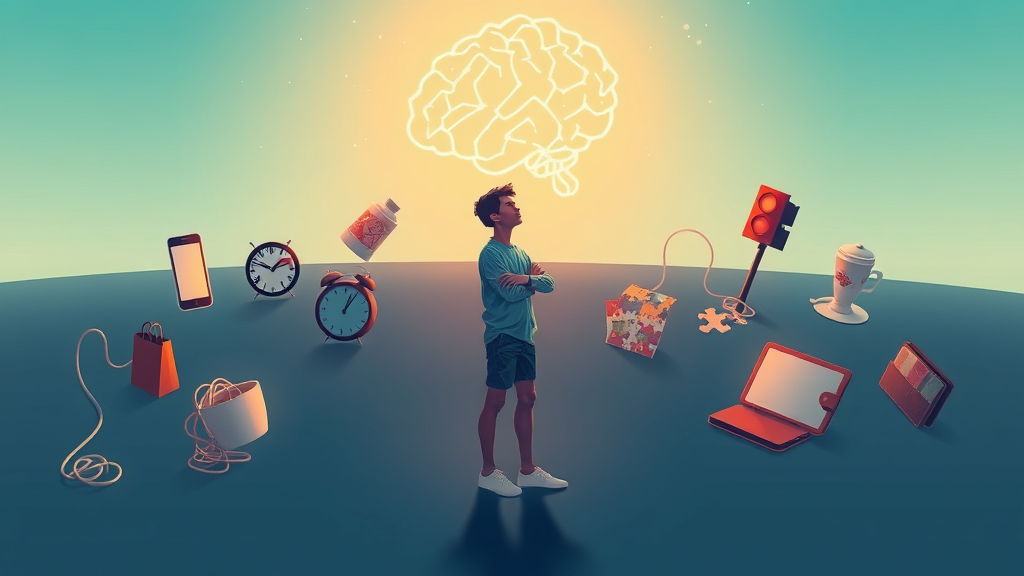
Everyday life is full of challenges that push us to think on our feet, solve problems creatively, and make decisions efficiently. These moments might seem small or routine, but they offer real opportunities to develop and refine our critical thinking skills. If you’re looking for real life critical thinking examples for adults, look no further than your daily routine. From managing your time to making big purchases, every decision you make can sharpen your analytical skills.
What Is Critical Thinking?
Critical thinking involves actively analyzing, interpreting, evaluating, and reflecting on information gathered from observation, experience, or communication. It’s not about criticizing; it’s about using logic and reasoning to make sound decisions and judgments. Critical thinking helps adults navigate complex situations, make better choices, and communicate more effectively.
Why Everyday Problems Matter
While you don’t need to be in a boardroom or a debate club to use critical thinking, many adult responsibilities naturally encourage these skills. Whether you’re planning a vacation, budgeting your finances, or deciding on a career move, you’re engaging in real life critical thinking. Let’s explore ten everyday problems that help you build these skills even further.
1. Choosing What to Cook for Dinner
Sounds simple, right? But deciding what to eat involves weighing multiple factors—time, budget, nutrition, personal preferences, and available ingredients. This is a perfect example of real life critical thinking. You’re analyzing options, considering consequences, and arriving at a well-informed decision.
Tip:
Make this a learning opportunity by planning meals for the week. This teaches organization, foresight, and prioritization—key components of critical thinking.
2. Budgeting Your Monthly Income
Money management is undeniably one of the most practical real life critical thinking examples for adults. You have to determine your needs versus wants, predict expenses, and adjust to unexpected costs. Balancing your finances means examining data, prioritizing goals, and sometimes re-evaluating your strategy.
Tip:
Use budgeting apps or spreadsheets to visualize your financial habits. This helps identify patterns and make informed decisions next month.
3. Time Management at Work
Whether you’re juggling meetings, deadlines, or multiple projects, managing your time efficiently demands critical analysis and evaluation. Prioritizing tasks, estimating how long they will take, and adjusting your schedule based on shifting priorities challenges your mental agility daily.
Tip:
Try the Eisenhower Matrix to categorize tasks by urgency and importance. It’s a handy tool to refine your decision-making process.
4. Handling Conflicts with Friends or Colleagues
Interpersonal problems call for emotional intelligence and critical reasoning. When misunderstandings happen, it’s important to assess different perspectives, understand underlying intentions, and communicate constructively. These scenarios demand empathy, logic, and patience—hallmarks of a strong critical thinker.
Follow our social media to get an daily update!
Tip:
Practice active listening during discussions. Don’t just wait for your turn to talk—aim to understand.
5. Evaluating News or Social Media Information
We are bombarded with information daily, and not all of it is accurate. Being able to distinguish fact from opinion or misinformation is a modern necessity. Assessing credibility, checking sources, and evaluating bias are vital critical thinking skills in today’s digital landscape.
Tip:
Cross-check surprising or controversial news across multiple reliable platforms before forming an opinion.
6. Making Health and Lifestyle Choices
From selecting a workout routine to choosing healthier meals or quitting a habit like smoking, these decisions require thoughtful analysis. You have to weigh pros and cons, consider long-term outcomes, and perhaps seek advice or do independent research to succeed.
Tip:
Keep a journal that tracks how small lifestyle changes affect your mood, energy, or sleep. This introduces data-driven thinking into personal health choices.
7. Planning a Trip or Vacation
Organizing travel includes booking flights, budgeting for accommodations, planning itineraries, and anticipating potential issues like cancellations. Each of these mini-decisions requires evaluating options, considering risks, and sometimes improvising solutions—classic examples of critical thinking in action.
Tip:
Make a travel checklist with ‘what if’ scenarios—this builds your ability to think ahead and troubleshoot.
8. Comparing Job Offers or Career Paths
This is a major life decision that involves deep analysis. Salary, benefits, company culture, career growth, work-life balance—all of these elements must be carefully weighed. Making this choice well requires clarity, structured thinking, and self-awareness.
Tip:
Use a decision matrix to score each option on predefined criteria. This visual method adds objectivity to your judgment and can help uncover hidden priorities.
9. Shopping for Big-Ticket Items
Buying a car, a tech gadget, or even furniture involves more than swiping your credit card. You need to compare features, prices, reviews, long-term value, and warranty policies. Smart consumers think critically before making expensive purchases.
Tip:
Don’t make impulse decisions—set a 24-hour waiting period before finalizing large buys to allow time for deeper evaluation.
10. Helping Children with Homework
Assisting kids with schoolwork isn’t just about knowing the content but also applying the best teaching strategy. How do you explain a math problem in a way that makes sense? This involves breaking down complex ideas, checking understanding, and adapting your approach—all valuable aspects of critical thinking.
Tip:
Ask open-ended questions like ‘What do you think will happen next?’ to stimulate analytical thinking in kids—and sharpen your own in the process.
Conclusion: Small Moments, Big Gains
Many adults believe that critical thinking is reserved for academics or the workplace, but the truth is that it’s woven into our daily experience. Each small decision or problem you face is an opportunity to sharpen your reasoning, analysis, and decision-making skills. By reflecting on real life critical thinking examples for adults, you’ll find plenty of ways to improve your mental agility—and gain more confidence in tackling life’s big and small challenges.
Start paying attention to your decision-making process today and see how these everyday moments can build a powerful, critical mind over time.



